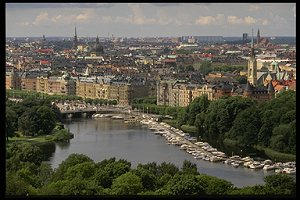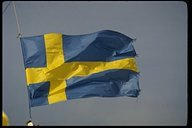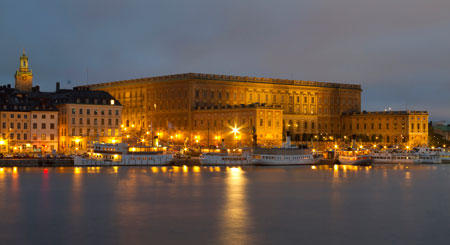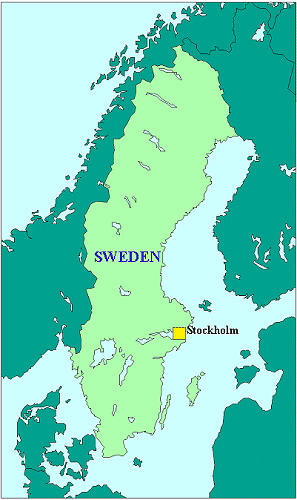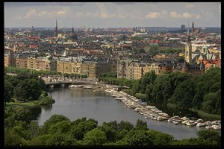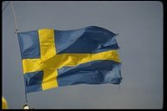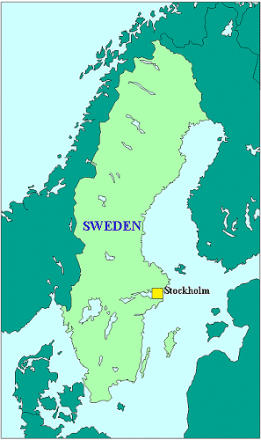•
Swedish
English
•
Far
Father
•
Mor
Mother
•
Farfar
Paternal grandfather
•
Morfar
Maternal grandfather
•
Farmor
Paternal grandmother
•
Mormor
Maternal grandmother
•
Bror
Brother
•
Syskon
Siblings
•
Syster
Sister
•
Farbror
Uncle (father’s brother)
•
Faster
Aunt (father’s sister)
•
Morbror
Uncle (mother’s brother)
•
Moster
Aunt (mother’s sister)
•
Son
Son
•
Dotter
Daughter
•
Brosdotter
Niece (Brother’s daughter)
•
Brorson
Nephew (Brother’s son)
•
Systerdotter
Niece (Sister’s daughter)
•
Systerson
Nephew (Sister’s son)
•
Sonson
Grandson (son’s son)
•
Sondotter
Granddaughter (son’s daughter)
•
Dotterson
Grandson (daughter’s son)
•
Dotterdotter
Granddaughter (daughter’s daughter)
•
Barn
Child
•
Barnbarn
Grandchild
•
Barnbarnsbarn
Great grandchild
•
Kusin
First Cousin
•
Syssling or
tremänning
Second cousin
•
Släkting
Relative / Cousin







